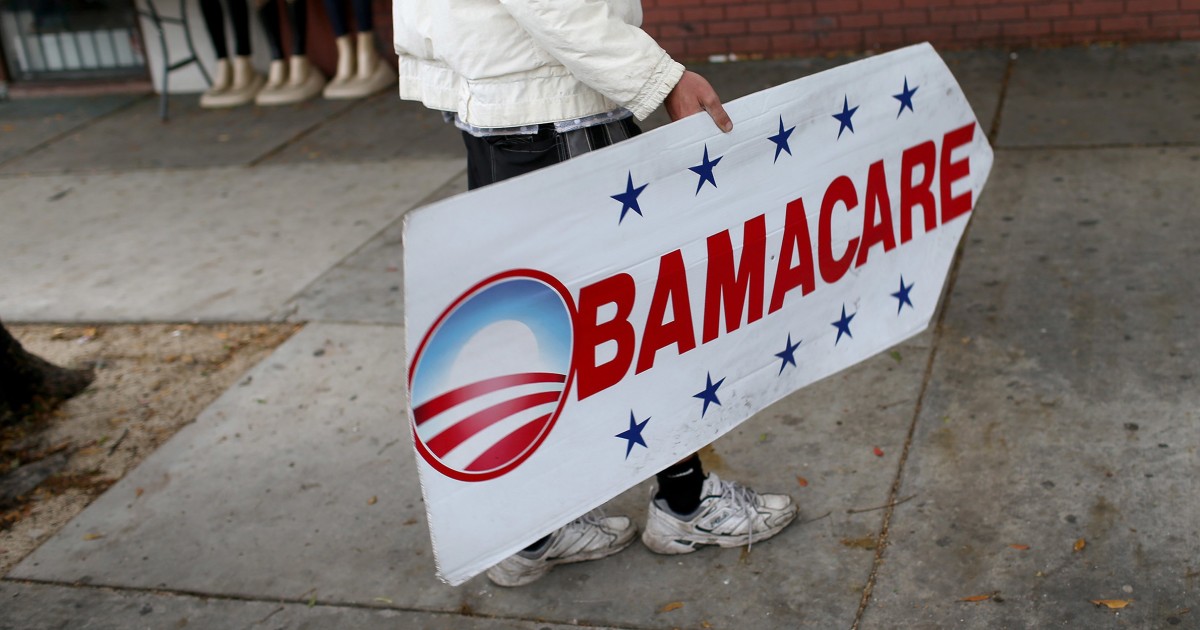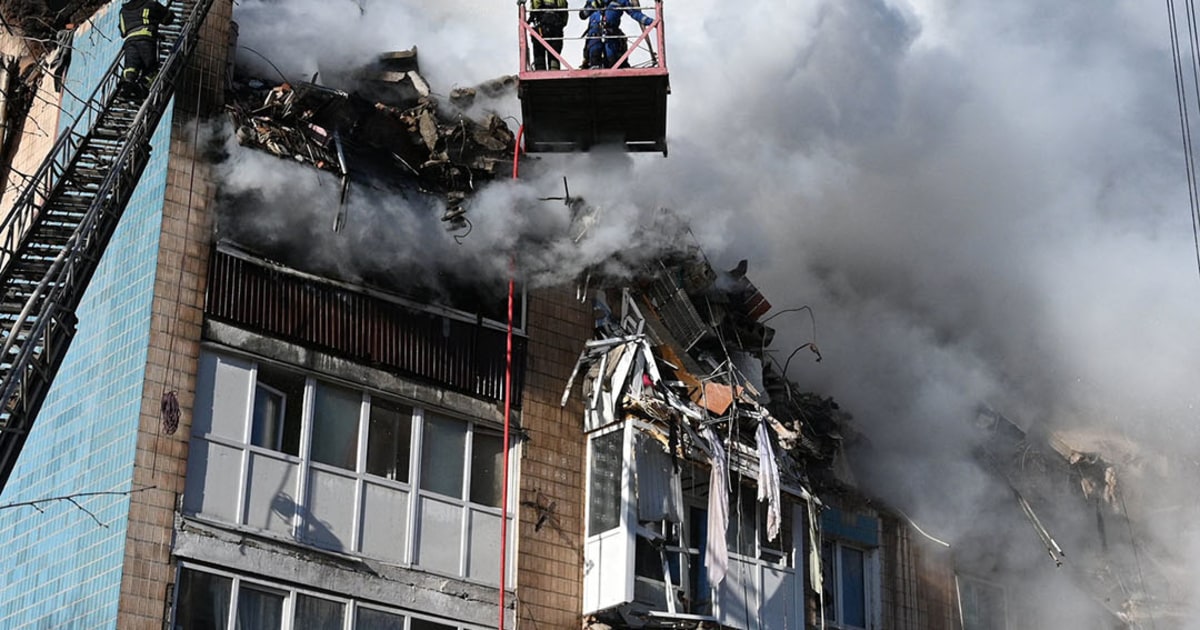Most of President Donald Trump’s supporters back keeping tax credits for Affordable Care Act plans, the central obstacle in ending the government shutdown, according to a new poll.
Source link
Savewith a NBCUniversal ProfileCreate your free profile or log in to save this articleOct. 3, 2025, 5:00 AM EDTBy Berkeley Lovelace Jr.Most of President Donald Trump’s supporters back keeping enhanced subsidies for Affordable Care Act plans, the central obstacle in ending the government shutdown, according to a new poll from the nonpartisan health policy research group KFF. It was conducted Sept. 23 through Sept. 29, just days before Congress failed to pass a funding measure to keep the government open.More than 22 million people receive the subsidies, which are set to expire at the end of the year unless Congress extends them. Losing the subsidies could mean that average out-of-pocket premium payments could double in 2026, from $888 a year to $1,904, an earlier KFF analysis found.Around 4 million people are projected to go without coverage next year because they can no longer afford it, according to the Congressional Budget Office. Extending them would cost the federal government around $350 billion over the next decade.The new survey found 59% of Republicans and 57% of “Make American Great Again” supporters favor extending the enhanced subsidies.The nationally representative sample of 1,334 adults were asked whether they support extending the subsidies, not whether they support including them in budget negotiations. Whether to include them is a sticking point in the ongoing budget battle, with Democrats arguing they must be extended before open enrollment next month, when many enrollees will be shocked to find their premiums are increasing.Overall, more than three-quarters of the public — 78% — say they want Congress to extend them. That includes 92% of Democrats and 82% of independents.“We get a very clear message that the majority of the public, regardless of their partisanship, regardless of their insurance, support Congress extending these tax credits,” said Ashley Kirzinger, the director of survey methodology and associate director of the public opinion and survey research program at KFF. “It’s really hard to take a benefit away after it’s been given to people.”The enhanced subsidies were put into place under the 2021 American Rescue Plan, which made ACA plans affordable for many middle-class families. The Inflation Reduction Act of 2022 extended them through 2025.Standard ACA subsidies for people with very low incomes are expected to continue — although their premiums are expected to rise too without the additional tax credit, and they also may be at risk of losing their coverage.According to the poll, about 4 in 10 people with an ACA plan say they would go without insurance if the amount they had to pay each month nearly doubled.Similar shares — 37% — said they would continue to pay for their current health plan, while 2 in 10 say they would get coverage from another source, like an employer.“That’s going to result in a large number of individuals losing health coverage and becoming uninsured,” Kirzinger said. “When people don’t have health coverage, not being able to go to the doctor, not being able to get primary care, it can result in all kinds of detrimental health outcomes.”Dr. Adam Gaffney, a critical care physician and assistant professor at Harvard Medical School, said going without insurance can also devastate people’s finances.“They accrue large bills, debt and even go bankrupt,” he said.Some people who keep their insurance may also take a hit to their finances. When respondents were asked if they could afford coverage if their premiums nearly doubled, 7 in 10 who purchase their own insurance say they would not be able to afford the premiums without significantly cutting back on their household budgets.Despite the risk to peoples’ health and finances, many Americans still don’t know that the enhanced subsidies are set to end.Among people who buy their own coverage, about 6 in 10 said they’ve heard just “a little” or “nothing at all” about the subsidies’ expiration.Art Caplan, the head of the medical ethics division at NYU Langone Medical Center in New York City, said many will learn for the first time when open enrollment begins on Nov. 1.They’re at real risk of “sticker shock,” Caplan said. “And most of these people, who tend to be working-class folks, tend to be more MAGA. They won’t like it.”When people who support extending the subsidies were asked who deserves the most blame if they expire, 39% said President Donald Trump and 37% said Republicans in Congress. Just 22% said that Democrats would deserve the blame.Berkeley Lovelace Jr.Berkeley Lovelace Jr. is a health and medical reporter for NBC News. He covers the Food and Drug Administration, with a special focus on Covid vaccines, prescription drug pricing and health care. He previously covered the biotech and pharmaceutical industry with CNBC.




